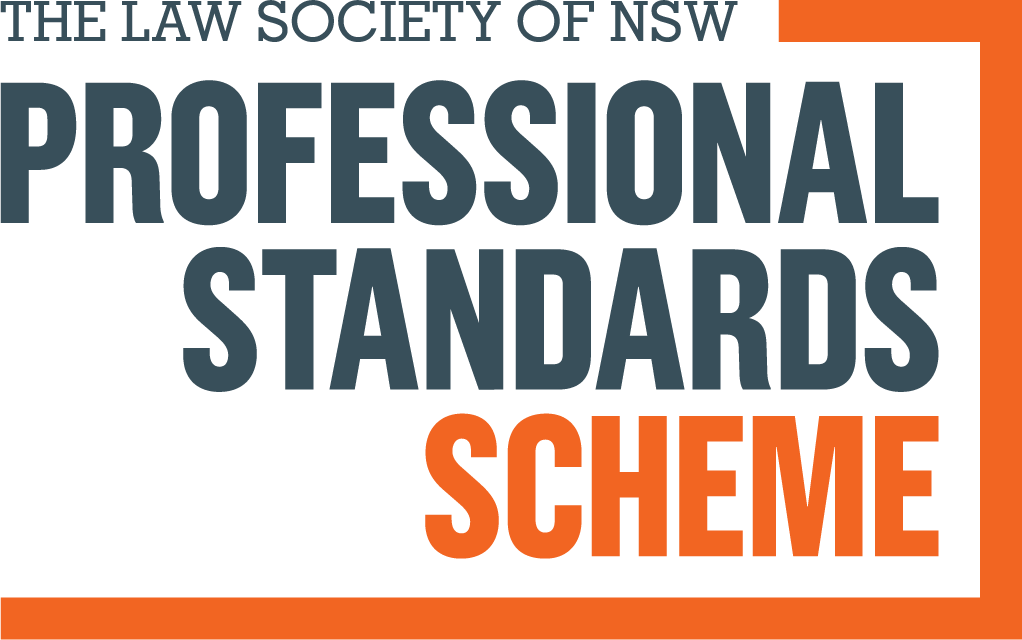- GET ADVICE, CALL US NOW02 9281 5088

Szabo & Associates News & Updates
Easements – Creation, Extinction and Abandonment
The law relating to easements can be complicated and is often the subject of litigation. This post looks to give an overview of the law of easements and help you identify any issues you may have under the law.
What is an easement?
Generally, an easement is a right in law which is attached to land. This land is known as the dominant tenement or benefited lot. The right attached to this land allows the use of other land, the servient tenement or burdened lot, for a purpose that is described in the instrument creating the right. This purpose is non-exclusive and may be for example: to drain water, to allow access or to allow goods to be carried across the land.
As the right is attached to the land, the registered proprietor benefits from the right and the right is passed on to the next proprietor if the plot is sold. On burdened property, the title for the land will be transferred subject to the acceptance of the proprietor of the easement.
Sometimes, easements are created in favour of a statutory body, local council or even the Crown. Where this occurs there is no dominant tenement and the easement is described as an ‘easement in gross’ – however there will still be a burdened property.
How is an easement created?
In New South Wales, there are two ways to create easements:
- By using section 88B of the Conveyancing Act 1919 along with a Deposited Plans Approved Form 10
- By a transfer granting easement using LPI Form 01TG
Section 88B Creation
The Conveyancing Act 1919 (NSW) Section 88B relates to: “creation and release of easements, profits à prendre and restrictions on the use of land by plans”.
The required form to create an easement has three main parts:
- Part 1 describes each easement, or other types of restrictions on property similar to easements (profit à prendre, restriction on use of land or positive covenant) that are to burden the property.
- Part 1A is used to release easements (or profit à prendre) to be released. However, restrictions on use of land and positive covenants must be released or extinguished by lodging separate forms at the LPI.
- Part 2 outlines the terms and conditions of the easement, profit à prendre, restrictions on use of land or positive covenants that have been listed in Part 1.
Not all of these parts are always required; it will depend on the situation.
Transfer Granting Easement
Another way to create an easement is by a transfer granting easement (Form 01TG). This is implemented by an agreement between the owners of the dominant and servient tenements. This for requires compensation to be paid to the servient tenant for the granting of the easement.
Other methods of creation
Furthermore, the Conveyancing Act provides for implied easements to be created and also the Supreme Court and the Land and Environment Court, may make orders that require the creation of easements.
How is and easement changed, released or extinguished?
Easements in New South Wales may be released under part 1A of a section 88B instrument and registration of a plan.
How are abandoned easements cancelled?
However, the Registrar General may cancel any easement which recorded in the Register if that easement has been abandoned within the meaning of s.49 (1) & (2) of the Real Property Act 1900.
An easement will be deemed to be abandoned if the Registrar General determines that it has not been used for a minimum of 20 years.
Before the easement can be cancelled, the Registrar General must:
- Give notice in writing to the person with a registered estate or interest in the land that is benefitted by the easement.
- Take into account any submissions made by the persons with an interest in the land benefitted by the easement made within one month of when the notice of cancellation
An application for an easement to be cancelled must be made by using a Cancellation of Recording of Abandoned Easement form 20EA , this form must be supported by and be supported by statutory declarations from the applicant in addition to as many other witness statements as possible to attest to the abandonment of the easement and its lack of use in the preceding 20 years.
The easement may be abandoned because it is not accessible because of buildings or other obstructions. In this scenario, a declaration from a registered surveyor accompanied by a sketch of the obstructions should be provided with the application.
The application should also include:
- A statement of how the applicant knows about the matters contained in their declaration
- A statement of the amount of time they have personally witnessed the non-use of the easement
- The date on which the easement ceased to be used and if there were any circumstances relevant to this
- An outline of any features or buildings or structures erected which make the easement unusable – including by whom the structures were erected
- Whether they are aware of the easement being the subject of any litigation, and if so any details of the nature of the litigation.
In the application as much detail and information as possible should be included and all declarations must be signed on each page by both the person making the declaration and also the person taking the applicants declaration.
Contact Us
If you require advice or assistance with any matter relating to easements, or any other property or conveyancing matter, contact Szabo & Associates Solicitors today.
To speak with one of our specialist solicitors, call us on (02) 9281-5088 or fill in the contact form to the right of this page.
By accepting you will be accessing a service provided by a third-party external to https://szabosolicitors.com.au/
Individual problems require individual solutions
For more information or to book a consultation, call us on
02 9281 5088



